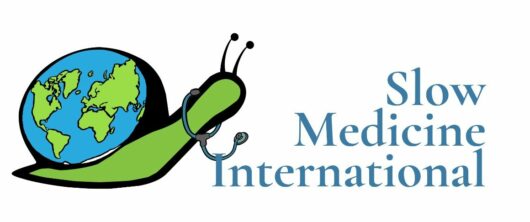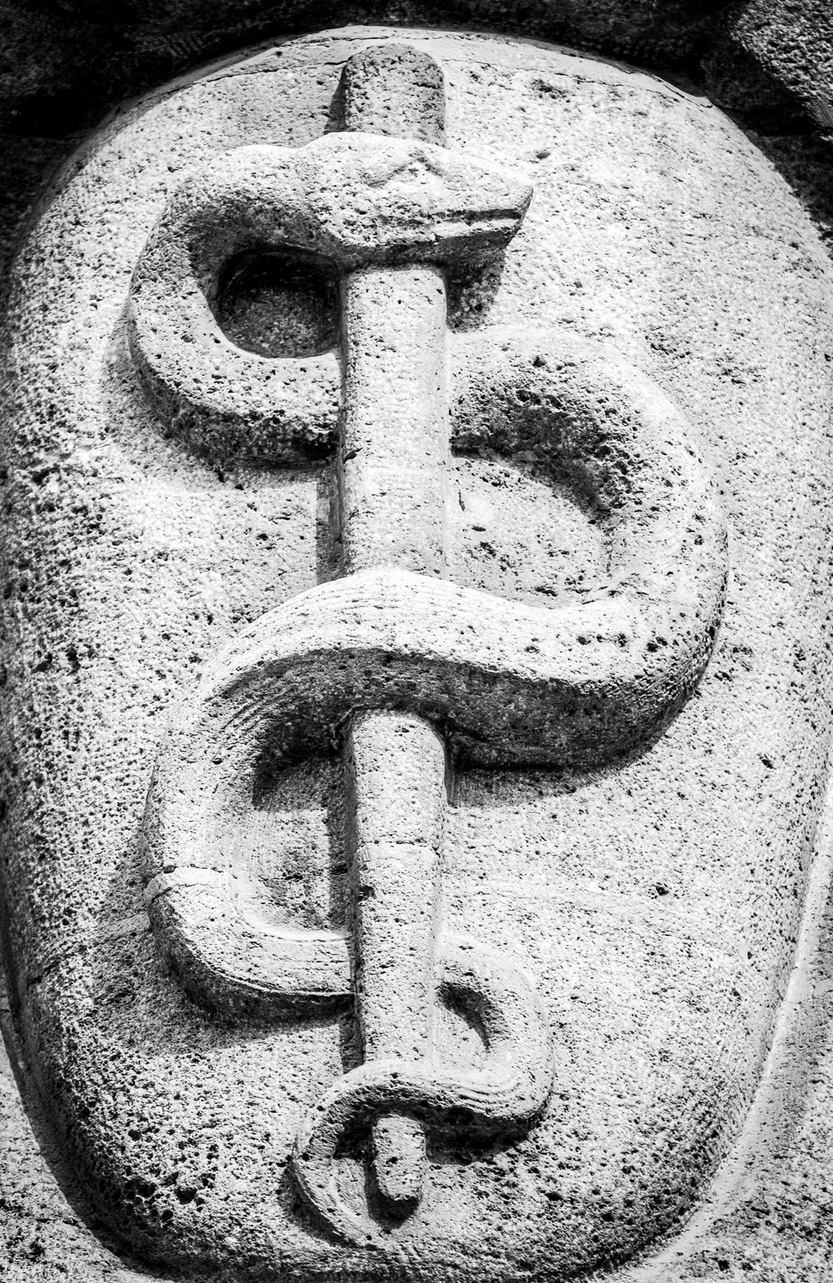This article is dedicated to the memory of Ladd Bauer, who passed away just before the publication of this update which marks the start of the Slow Medicine International website.
Italy: the Birthplace of Slow Medicine Movement
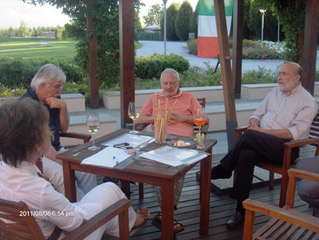
(image by courtesy of Andrea Gardini)
The Slow Medicine movement was created in Torino in 2011 by an idea of Giorgio Bert and Andrea Gardini and under the impulse of a group of health workers proposing to all care professionals and in perspective to all citizens an area where they can meet, debate, and share experiences and thoughts on medicine, from different times and different contexts which can be synthesized by three terms (measured, respectful, and equitable medicine).
They aimed to promote processes of care based on appropriateness, concerning listening, dialogue, and decision sharing with the patient. Measured, because it acts with moderation, gradually and without waste; respectful, because it is careful in preserving the dignity and values of each person; and equitable, because it is committed to ensuring access to appropriate care for all.
In a short time, the association spreads at a national and international level, gathering the needs of change of a growing number of health professionals, patients, and citizens, committed to managing health problems with a new cultural and methodological paradigm. The name was chosen because of the partnership with the Slow Food Movement founded in the nineties in Bra, a small town close to Torino (Italy) and recalling the article by the reputed cardiologist Alberto Dolara who in 2002, published an article in the Italian Heart Journal, where for the first time the term Slow Medicine was introduced.
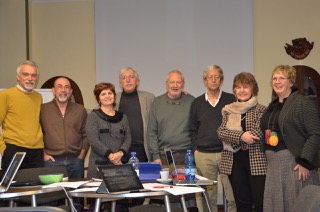
Dolara stated (translated from the original Italian): “In clinical practice, hyperactivity is often unnecessary. Adopting a strategy of ‘slow medicine’ may be more rewarding in many situations. Such an approach would allow health professionals and in particular doctors and nurses, to have sufficient time to evaluate the personal, familial and social problems of the patient extensively, to reduce anxiety whilst waiting for non-urgent diagnostic and therapeutic procedures, to evaluate new methods and technologies carefully, to prevent premature dismissals from the hospital and finally to offer adequate emotional support to the terminal patient and their families.”
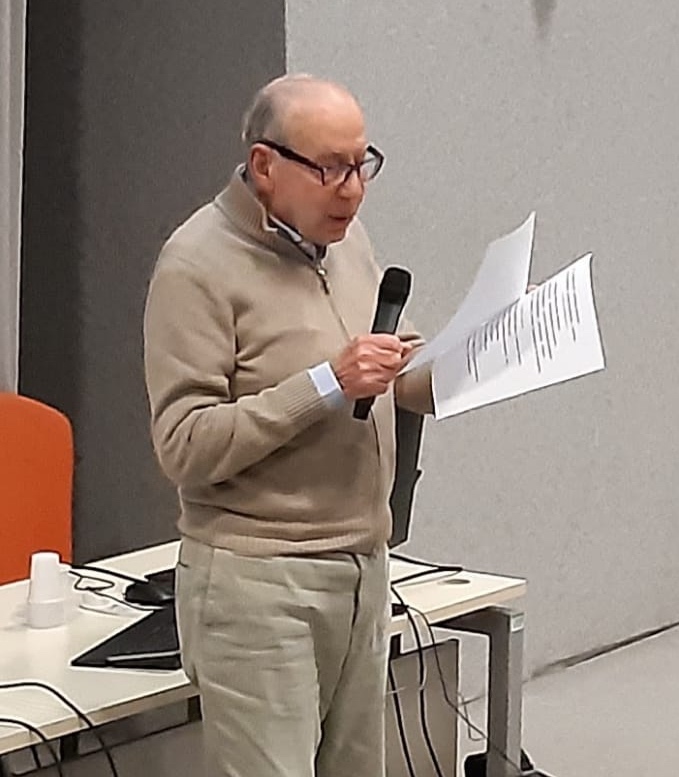
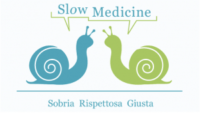
Since then Slow Medicine and Slow Food have grown into a close partnership, sharing ideas, values, and even similarities in their respective logos: the Slow Food logo is a snail, and for Slow Medicine, two snails were chosen as the logo representing the encounter of a patient and a physician sharing knowledge, experience, and values to decide the best diagnostic and therapeutic strategy. But the two organizations do not only share their logos. They also cooperate in scientific and popular publications. In the Italian Slow Medicine book, Slow Food founder Carlo Petrini wrote the preface. His popularity and media impact helped to further Slow Medicine on a national scale.
Currently, the Italian Slow Medicine Association organizes and approves postgraduate courses and training sessions all over the country. It develops medical protocols as an alternative to ‘fast’ medicine and advocates evidence-based research. The biennial Slow Medicine National meeting has a growing number of attendees, whereas the regular members of the Italian Slow Medicine Association have surpassed the number of 250. Italian media (TV, newspaper) is regularly covering news items that originate from the Slow Medicine Association.
The medical impact of Slow Medicine in the Italian health care system
Looking at the post-graduate training portfolio in Italy, conference themes, and publications, the Italian Slow Medicine movement has been successful in shaping alternatives to traditional medical practice. Its focus on the importance of time as a crucial element in medical care is visible in the various Slow Medicine protocols that have been developed under the auspices of the Slow Medicine Association. Documents are published on emerging issues to clarify the slow interpretation of debated events. In addition, the patient’s autonomy in choosing medical interventions and medication has been enlarged. The latter aspect is closely linked to the international Choosing Wisely movement, launched and coordinated by Slow Medicine in Italy. The Italian Slow Medicine association originated from doctors, therapists, social workers, and nurses with outstanding academic and medical records: cardiologists, internal medicine, surgeons, pediatricians. This helped in the acceptance of Slow Medicine as a full-fledged medical alternative to “fast” medicine. Therefore, Slow Medicine is by no means a form or derivation of alternative medicine but can be viewed upon as a new approach to the common medical practice in hospitals, GP practice.
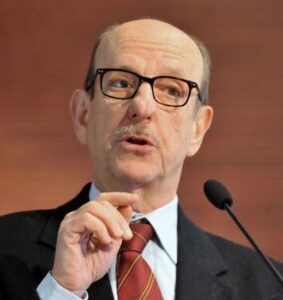
Two core books from Italian cardiologist Marco Bobbio that created an identity of the movement and were translated into Portuguese shaping the Slow Movement there are Il malato immaginato – I rischi di una medicina senza limiti (The imagined patient – The risks of medicine without limits) and Troppa medicina – Un uso eccessivo può nuocere alla salute (Too much medicine – an excessive use can damage your health). The books describe which are the limits of western medicine inducing healthy persons (the so-called worried wells) to feel at risk of something to sell services, tests, and drugs, and the harms of an acritical use of innovations and technology. Furthermore, the fundamentals of the movement were defined in a dictionary, Le parole di una medicina che cambia – Dizionario critico (The words of a changin medicine – Critical dictionary) elucidating the meaning of 40 expressions (for example appropriateness, complexity, screening, uncertainty, variabilty) from a slow perspective.
Slow Medicine in the USA
In the United States of America, there is no significant recognized national Slow Medicine organization. Instead, the Slow Medicine principles were advocated by individuals who share their views in books, publications, lectures, and online. Some of the initiatives described below have ceased to exist. Nevertheless, we think it is worthwhile to mention these contributions.
My Mother, Your Mother, by Dennis McCullough
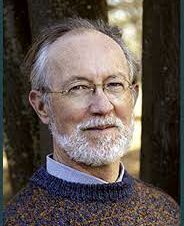
Indisputably, the founding father of the North American Slow Medicine was the late Dennis McCullough, a geriatrician, and professor at Dartmouth College. As the author of the bestseller My Mother, Your Mother, he describes how the health care system in the United States all too often leads to over-treatment and redundant medication for people facing the end of life, in most of the cases of advanced age.
He interweaves his viewpoints with personal narratives of his mother and his own experience as a patient, being hospitalized.
Dennis McCullough taught younger physicians how to find medical interventions that were sober, respectable, and equitable, as proposed by Slow Medicine Italy years later.
God’s Hotel and Slow Medicine: the way to healing, by Victoria Sweet
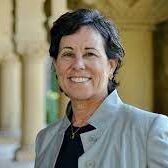
Victoria Sweet’s two books not only describe practiced medicine through a slow view but also make a critical and accurate counter-point to the inadequacy of the American health care system when it comes to the management of patients with chronic health conditions. Dr. Victoria Sweet is an Associate Clinical Professor of Medicine at the University of California, San Francisco, and a historian with a Ph.D. in history.
In her own words: ‘Slow Medicine is just taking the time: to talk to and examine and even re-examine a patient; to call other doctors; to go over lab tests and X-rays; to think about and muse over a diagnosis; to discontinue medications that are, perhaps, no longer needed; to try a new medication—but carefully.”
Knocking On Heaven’s Door and The Art of Dying Well, by Katy Butler
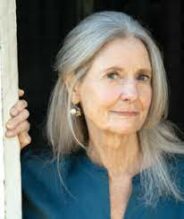
The third influential Slow Medicine author is Katy Butler. In her first book, Knocking on Heaven’s Door, she describes her challenge when confronted with the folly of modern medicine as she accompanied her father through the evolution of a chronic illness that deteriorated his quality of life and his autonomy. The second book, The Art of Dying Well, describe a new art of dying for our biotechnological age.
Apart from writing, Katy Butler has helped to organize a large international online community of Slow Medicine enthusiasts.
The Facebook page on Slow Medicine has about 6000 members and these members share their knowledge and experience in the practice of Slow Medicine.
Ladd Bauer
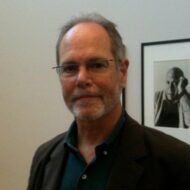
Although an American Slow Medicine organization does not exist, there is quite some coherence between the views and approaches of the US anchormen and –women of Slow Medicine. Although he did not write a book himself, Ladd Bauer, MD is the fourth American founder of Slow Medicine. In 2008, he published an article on Slow Medicine, the first publication on this topic in English. Later, he was the host of a radio show with Slow Medicine as the central theme. He worked closely with Dennis McCullough in alliance with Katy Butler and Victoria Sweet. Together, they explored the issue of overtreatment, especially when people are near the end of their life. Especially in the US healthcare system, where physicians are inclined to treat abundantly to avoid legal claims, the ideas of letting things go, taking time, and reducing interventions are quite disruptive. Ladd Bauer passed away in March 2021. A longtime friend and colleague of Dennis McCullough, Ladd contributed until very recently to the international Slow Medicine movement.
Updates in Slow Medicine
In 2014, an online platform has been introduced in the USA. Updates in Slow Medicine offered a wider perspective of Slow Medicine, which began as a series of discussions about developments in clinical medicine among students, residents, and faculty at the Cambridge Health Alliance and Harvard Medical School. These discussions led to regular email posts that gained a following among graduates of the program, colleagues, and eventually physicians and thought leaders throughout the U.S. The creators of Updates in Slow Medicine, Pieter Cohen, Michael Hochman, and Rachel Bédard, have further refined their definition of Slow Medicine as: “The practice of medicine in which one is careful in interviewing (and examining) patients, careful to balance benefits and harms of diagnostic and therapeutic interventions, slow to intervene when symptoms are undifferentiated, committed to observation as an important diagnostic and therapeutic strategy, and cautious about adopting new diagnostic tests and therapies until the evidence establishes their value.” Updates in Slow Medicine has ceased in 2020.
The Netherlands: principles of Slow Medicine
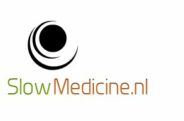
Slow Medicine in The Netherlands started very modestly by launching a website, aiming to give a conceptual framework for Slow Medicine. Dick Koster, MD, and GP, was planning to organize a workshop on ‘doing nothing’, as opposed to the Pavlovian reflex of physicians to get into the action mode whenever a patient is in front of them. This idea was met with such reluctance, that he decided to dig deeper into the idea of slowing down in medicine together with Yung Lie. Not long after that, contacts were laid with the Italian and American Slow Medicine colleagues, and they met in Turin, 2015. This was the first international meeting of Slow Medicine.
The Dutch approach is to bring together the Slow Medicine ideas in several central principles. This could help to integrate the experiences from Italian and US medical practice into more universal lessons, how-tos, and theory. In 2014, it started with ten principles, which have been adopted by initiatives in other countries (such as Brazil and France) and considered the essential guidelines of Slow Medicine practice.
Brazil: a medicina sem pressa
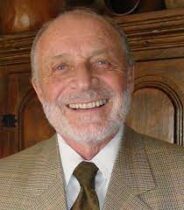
In 2015, the Brazilian Slow Medicine website was launched. The philosophy of Slow Medicine was brought to Brazil by cardiologist Marco Bobbio, one of the founders of Italian Slow Medicine. His book Il malato imaginato (2010) had been translated into Portuguese in 2014 and was sold out soon after its launch in Brazil. Soon thereafter, a series of lectures in Brazil followed and this inspired José Carlos Aquino de Campos Velho (geriatrician and GP), Dario Birolini (professor in surgery) and, Kazusei Akiyama (GP) to establish the Brazilian branch of Slow Medicine. This was done through the creation of the Brazilian site, whose content was initially inspired by material provided by the Italians, Dutch and Americans, and permeated by the vision of Brazilian doctors, through their own reading and understanding of the philosophy and principles of Slow Medicine.

The objective was to adjust the philosophy proposed by international references in Slow Medicine – such as Alberto Dolara and Dennis McCullough – to the Brazilian reality. Lectures and events began to be organized by the Brazilian movement, and soon cooperations with other movements aligned with Slow Medicine began to be established, such as Choosing Wisely and palliative care. As such, the Brazilian approach is a combination of the American values, that mainly focuses on geriatrics and palliative care at the end of life stage, and the Italian ideas, approach that has a wider scope.
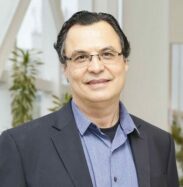
Brazilian Slow Medicine Movement has grown since then, and today the group is composed of a large number of collaborators, including physicians, nurses, psychologists, speech therapists, and lawers.
Nowadays there is a large production of Brazilian original articles.
Podcasts, comics, Slow Medicine meetings, and an intense social media activity are also been developed in Brazil, and there are 7 active academic Slow Medicine Leagues there, which is unprecedented in the world.
France: 7 principles of Slow Care
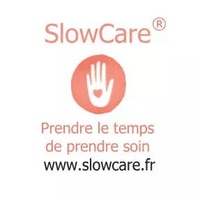
Béatrice Dussaud, a paramedic in the south of France, is in the process of organizing a national movement of Slow Medicine. Slow Care is an already more established network that for a large part aligns with the objectives of Slow Medicine.
The seven French principles are tranquility of presence, to know a person, ask questions, be humble, be good, communicate in a network and take good care of yourself.
